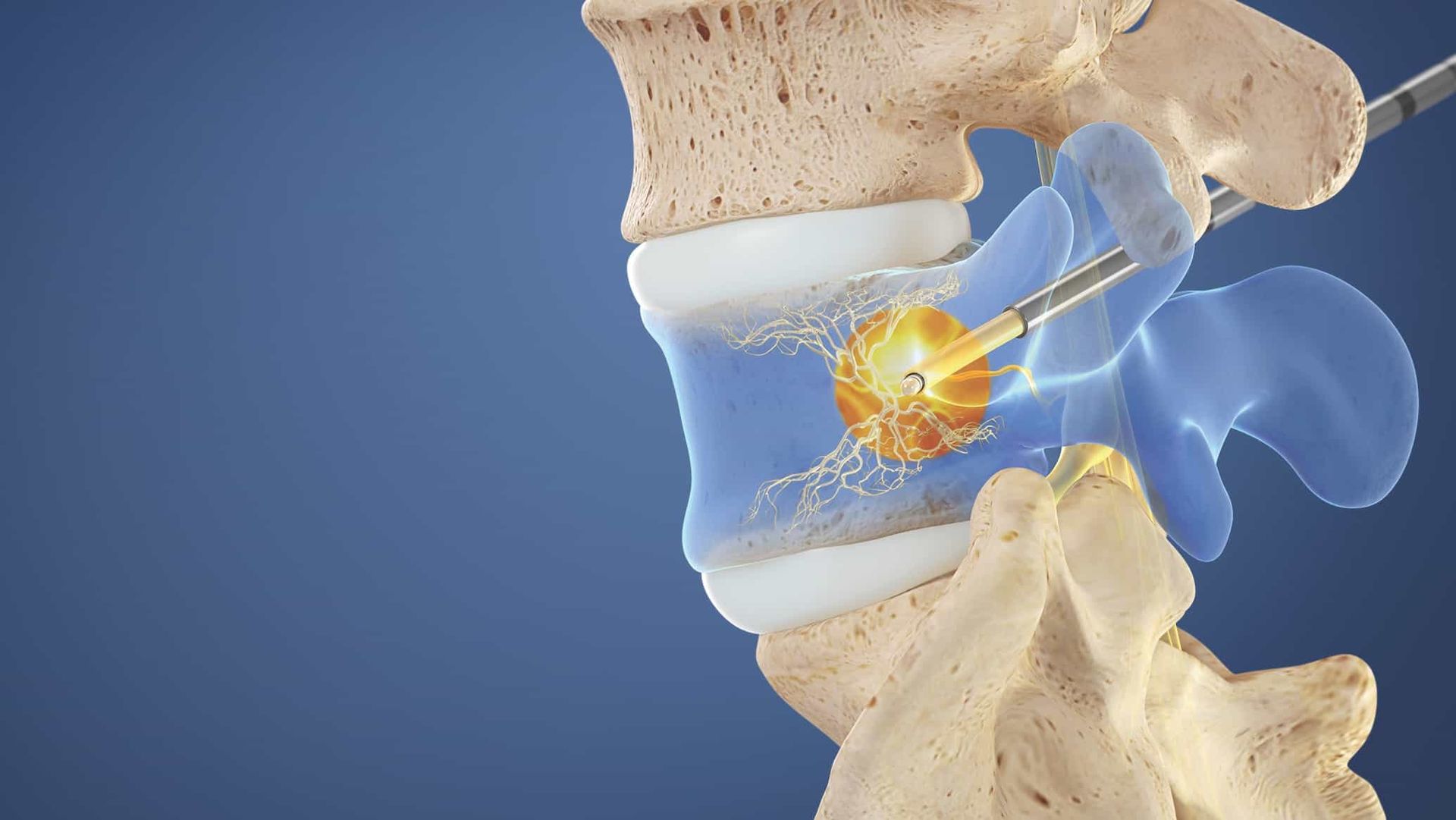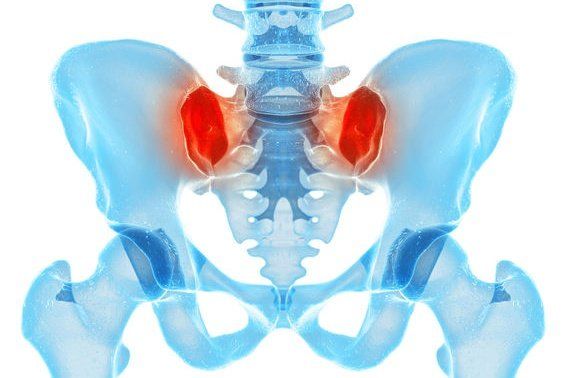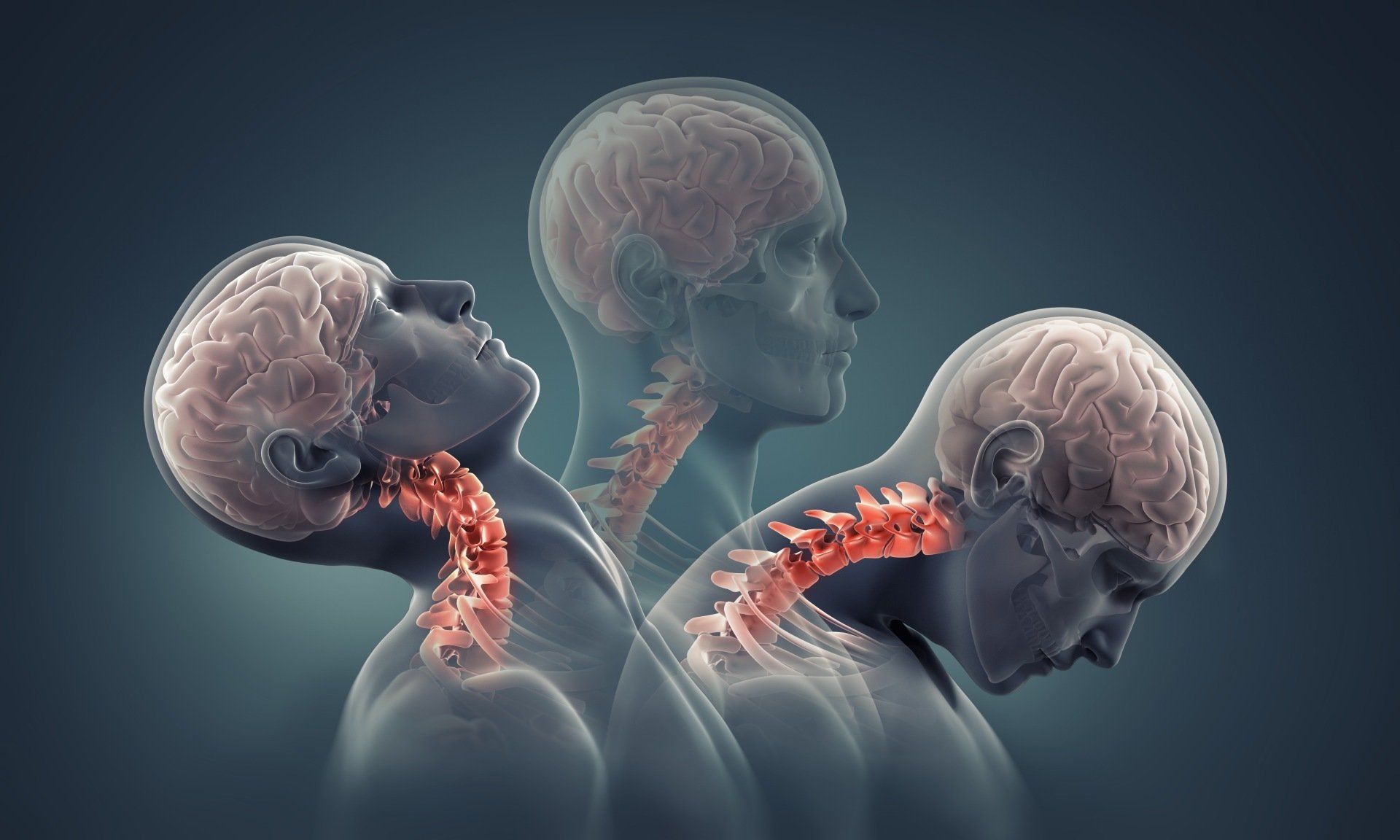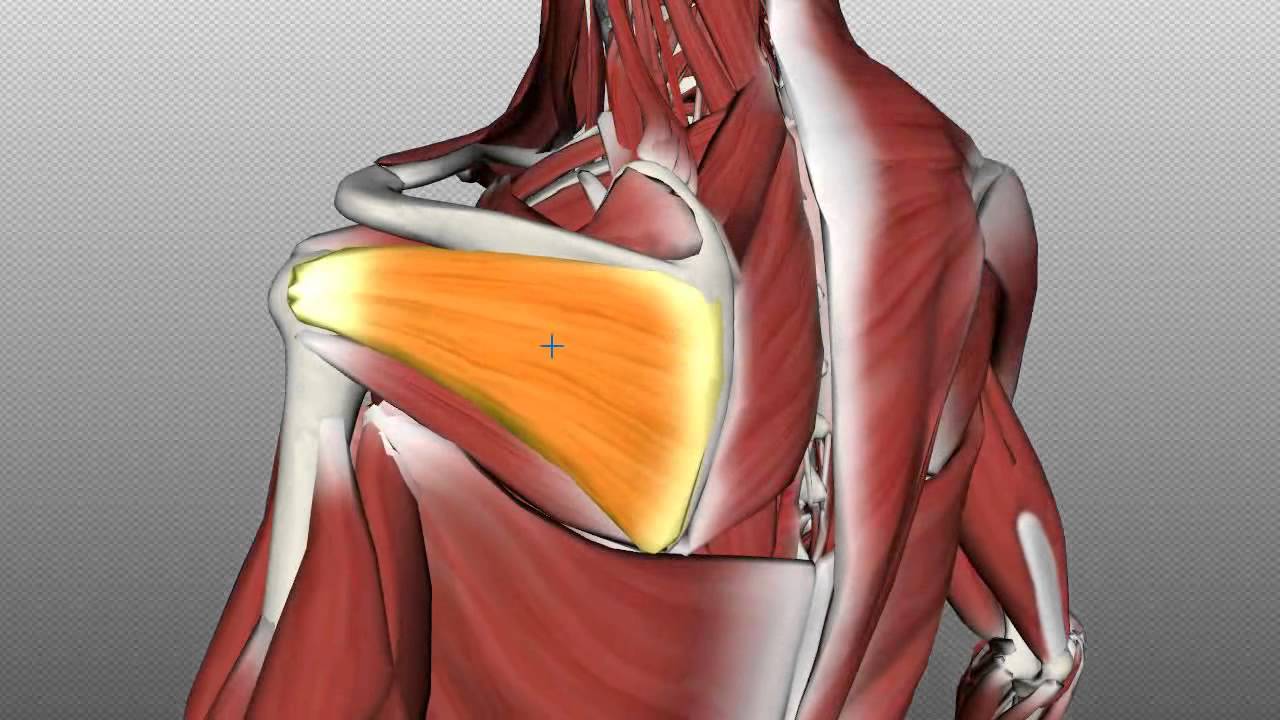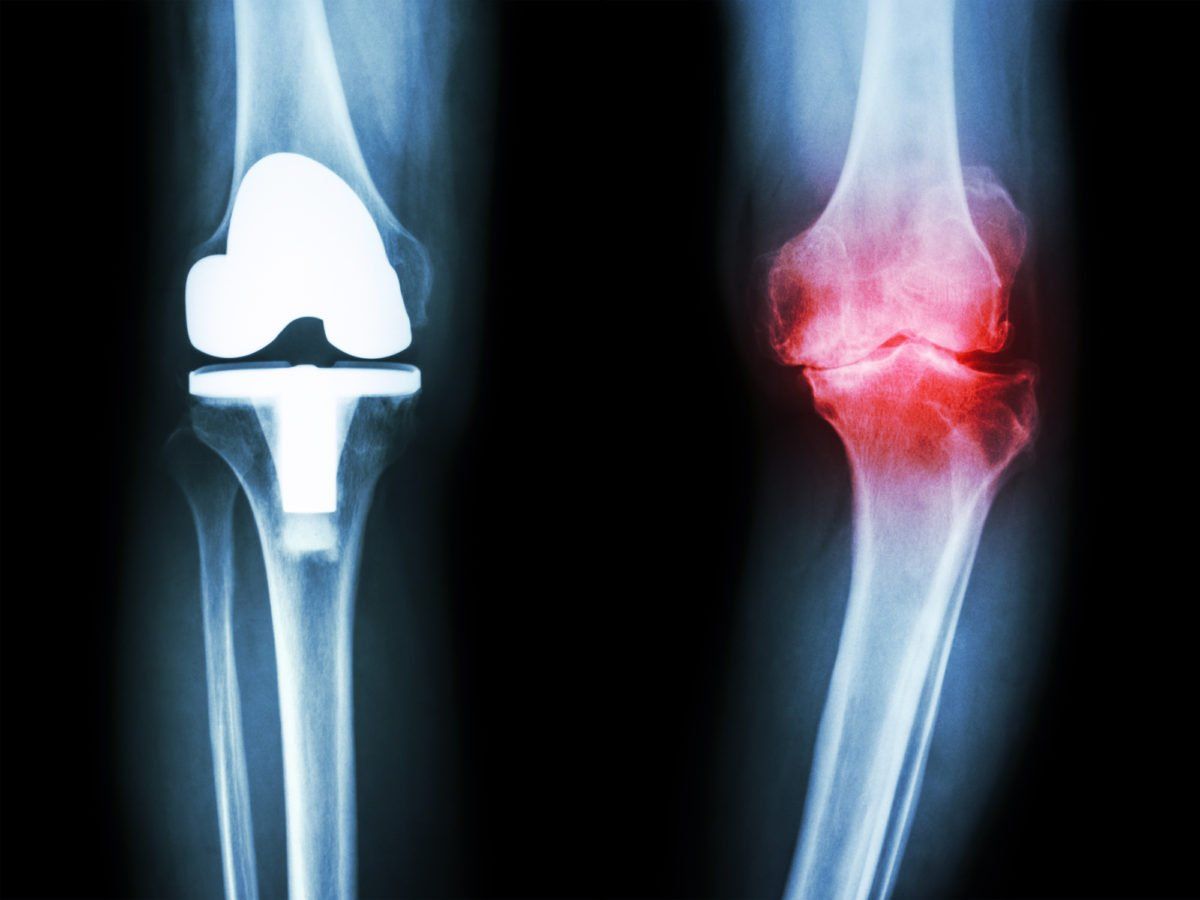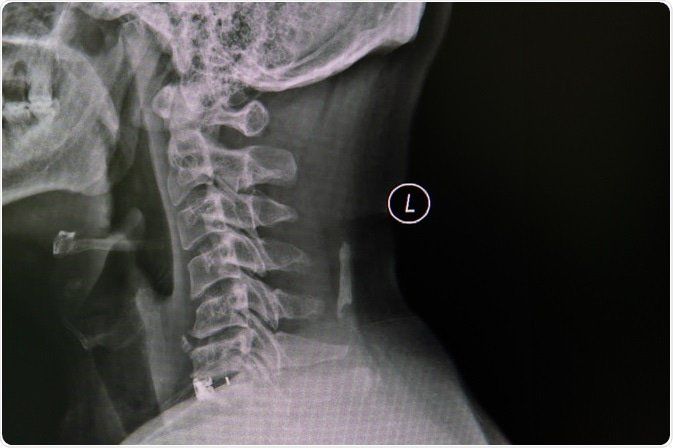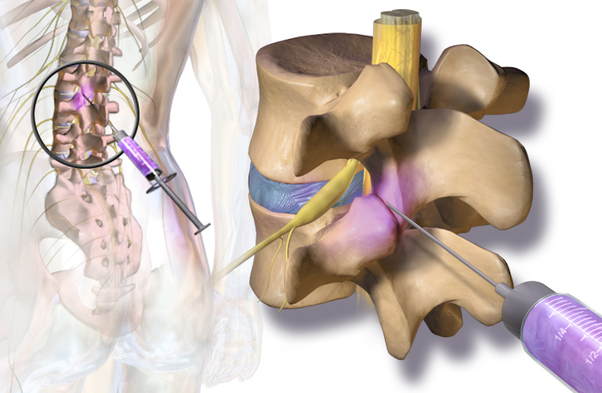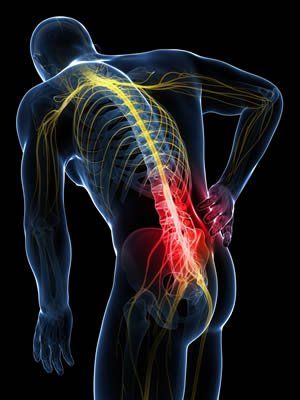Services
Radiofrequency Ablation of the Medial Branches
Radiofrequency ablation of the medial branches is a minimally invasive image guided therapeutic procedure that is performed to relieve joint pain due to arthritis of the spine. Through the available research and clinical experience, this procedure has been demonstrated to: improve pain due to arthritis of the spine and ultimately improve function and health. Importantly, this image guided treatment allows the prolonged blocking of the pain signals from painful arthritic joints. Typically, the benefit of this procedure lasts around 12 months; if the symptoms recur the procedure can be repeated.
Importantly, prior to moving forward with the ablation procedure, it is critical to ensure that the correct joints (and nerves supplying those joints) are being targeted. Therefore, a test block is performed twice (two tests blocks are performed to minimize the risk of a false positive result with the test block) to confirm that treatment of the target joints will result in significant improvement for the patient. The tests blocks are performed on two separate appointment days prior to the radiofrequency ablation and these blocks are performed with local anesthetic only (therefore the pain relief lasts around 3 hours).
How is a radiofrequency ablation of the medial branches procedure performed?
Patient Positioning
The patient lies face down.
Tissue Anesthetized
A local anesthetic is utilized to numb the skin, as well as to numb the tissue from the skin to the spine.
Fluoroscopic Guidance
Using a fluoroscope for guidance (live X-ray guidance), the physician carefully directs the therapeutic radiofrequency ablation needle to the target joint area (and specifically the nerve sending the pain signal from the joint).
Radiofrequency ablation procedure
Once the needle tip is confirmed to be in the exact target location using multiple techniques including the fore-mentioned image guidance, the needle tip is then heated up to the target temperature for 90 seconds which ultimately results in therapeutic targeted ablation of the specific target nerve. As mentioned above, this ablation procedure typically results in about 12 months of sustained improvement in arthritic joint pain.
End of Procedure
The therapeutic needles are carefully removed, and a small sterile bandage is applied to cover the small needle surface wounds.
How long does it take for the radiofrequency ablation procedure to work?
It can take up to four weeks for the full therapeutic effect of the radiofrequency ablation.
Who performs a radiofrequency ablation procedure?
Radiofrequency ablation procedures are performed by one of the board certified Interventional Pain Physicians at Spine & Nerve Diagnostic Center (SNDC). Our interventional physicians have performed thousands of these procedures.
Where are radiofrequency ablation procedures performed?
Radiofrequency ablation procedures are typically performed at one of our state of the art SNDC procedure suites.
